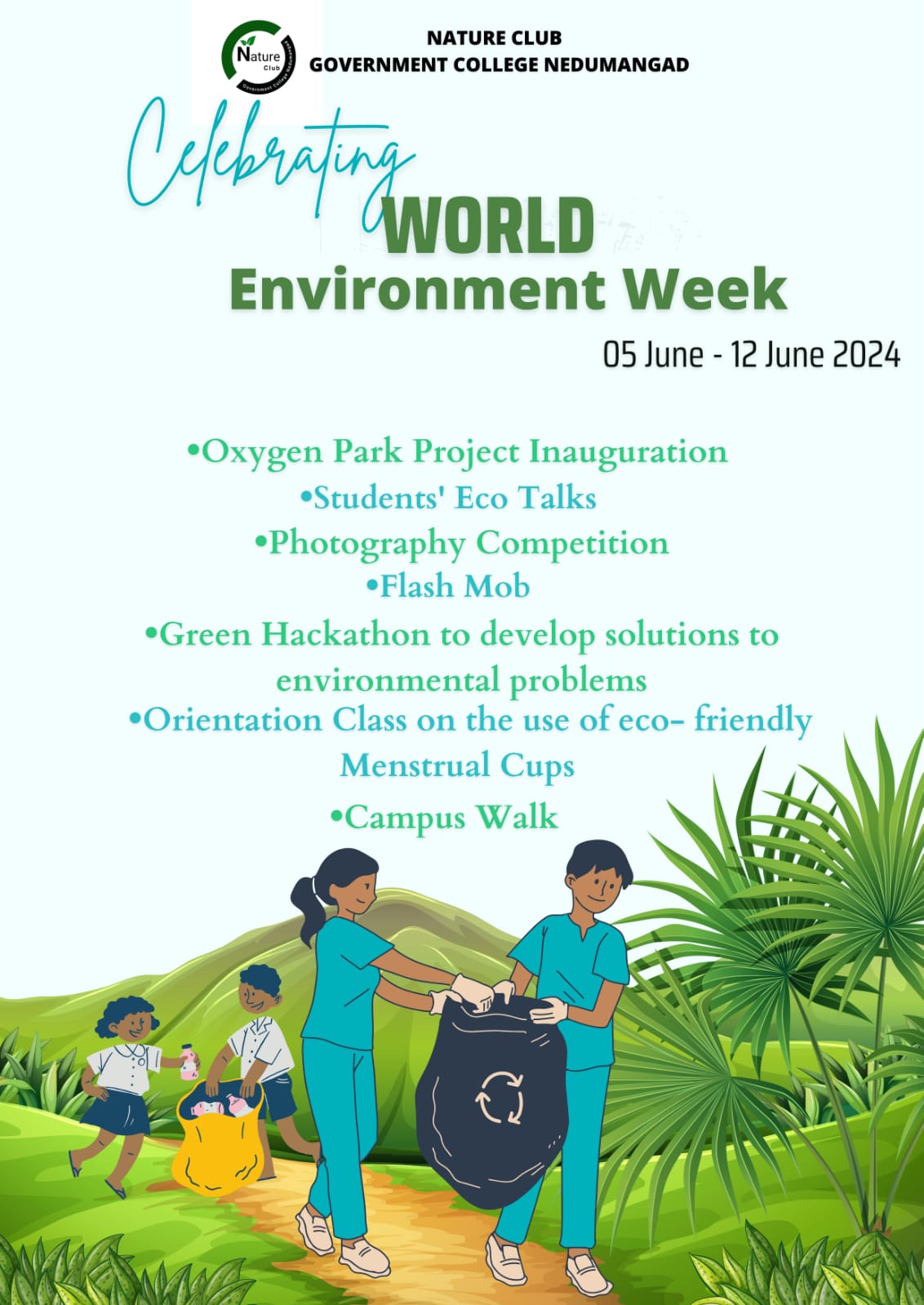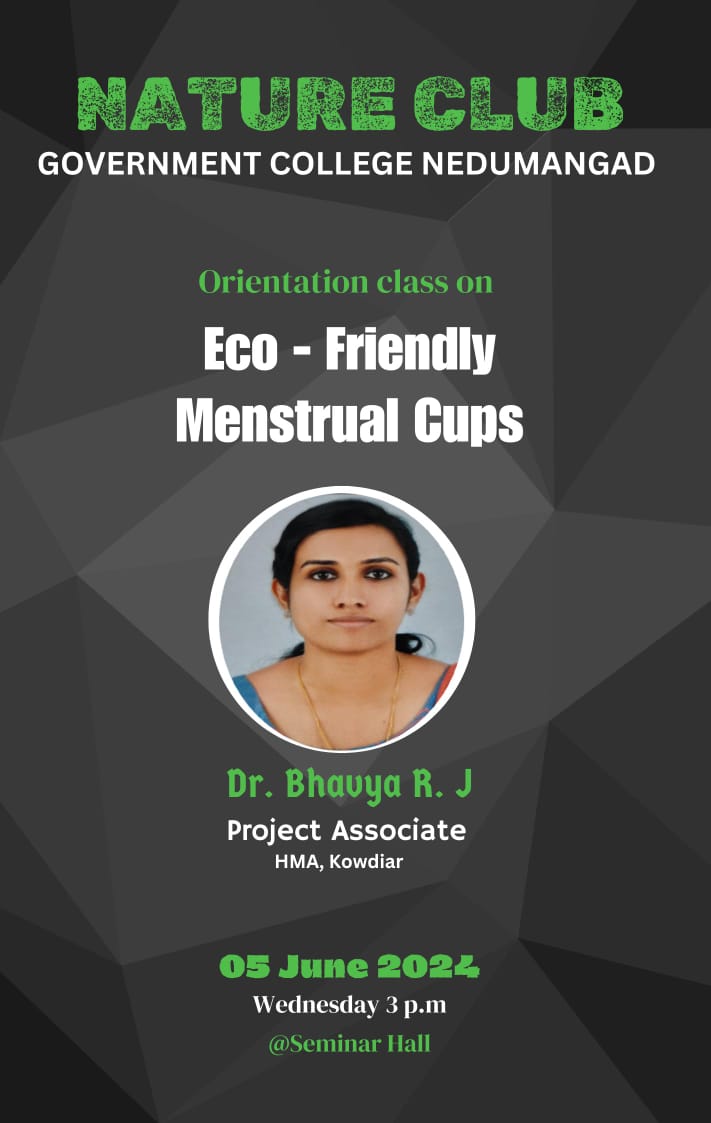



Nature club was formed to generate an awareness among students about the current environmental issues and encourage them to participate in a variety of conservation initiatives. As Nature Club attempts to sensitize, motivate and educate students about environment and conservation, various programs are organized. The club organizes nature study camps, trekking, planting trees,and conducts essay, elocution and quiz competitions to propagate the message among the students. Students also work on collecting and recycling the waste.
Objectives
- To motivate students to value environment.
- To create awareness about major environmental problems.
- To encourage students to make an Eco-friendly campus
- To observe environmentally important days
- To conduct Field trips and Nature Camp
- To empower students to plant trees.
- To educate students to minimize the usage of plastics.
- To organize various programs like seminars, drawing, exhibition, craft making, quiz,essay writing,elocution etc. regarding various environmental issues.
Report of the Year 2022-23.
Pingback: french bulldogs
Pingback: fluffy french bulldog
Pingback: merle french bulldog
Pingback: blue color french bulldog
Pingback: french bulldogs
Pingback: fartcoin crypto
Pingback: frenchie boston terrier mix
Pingback: floodle puppies for sale
Pingback: frenchie chihuahua mix
Pingback: floodle puppies for sale
Pingback: frenchie boston terrier mix
Pingback: chanel newborn clothes
Pingback: coco chanel hats
Pingback: chanel dog collars
Pingback: chanel dog bowl
Pingback: richest vietnamese houston
Pingback: minnect expert
Pingback: crypto news